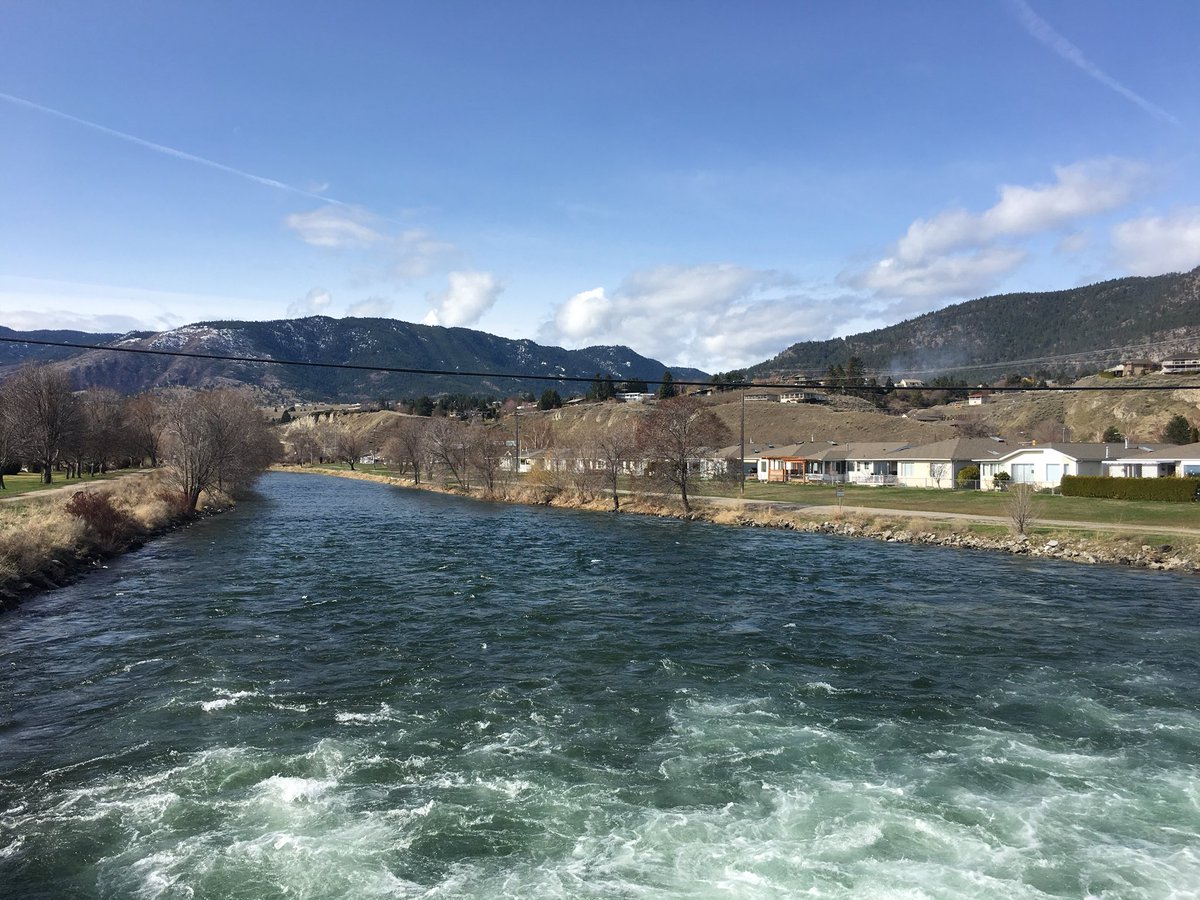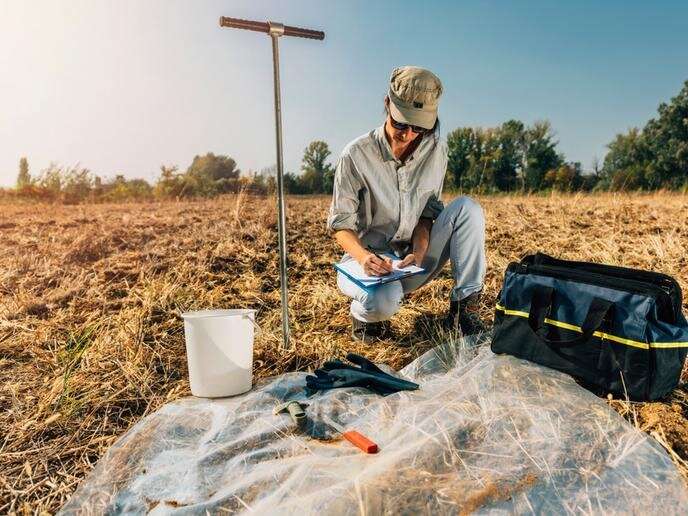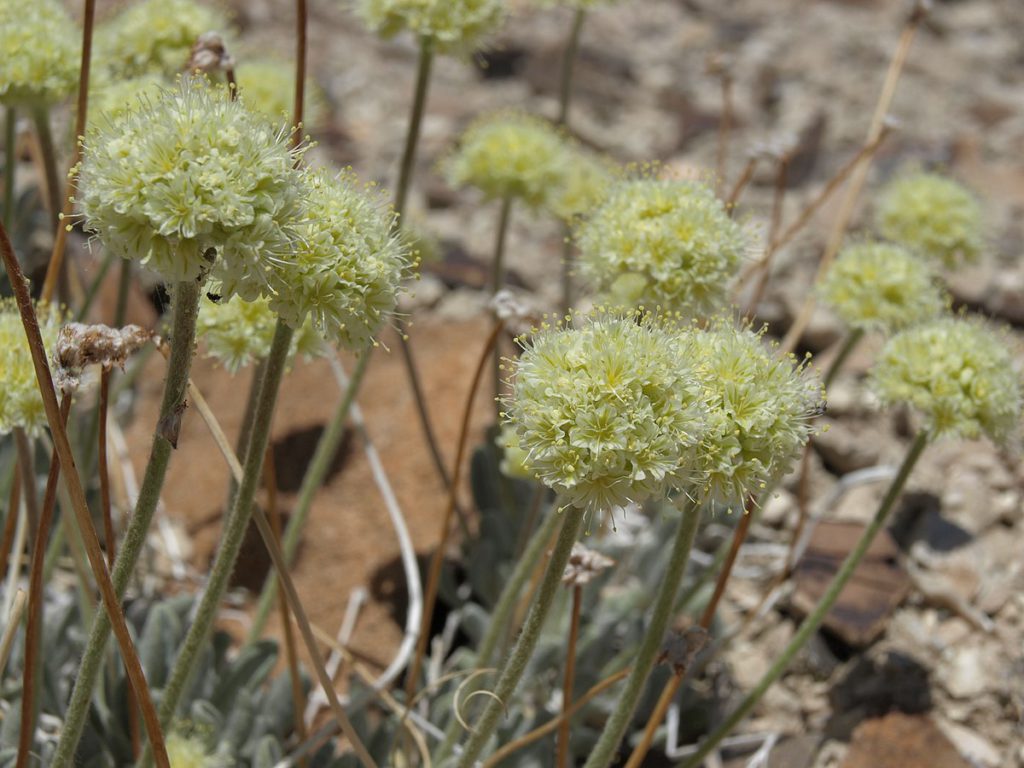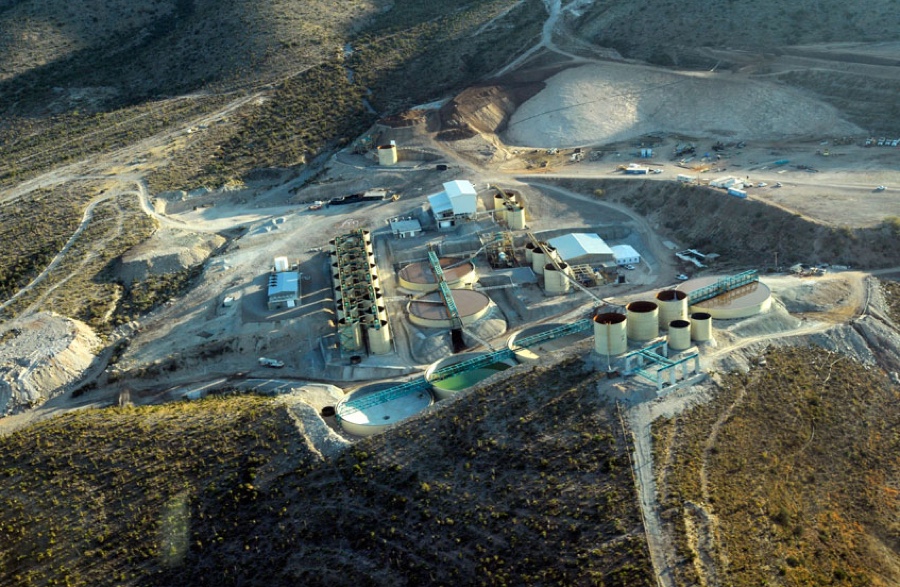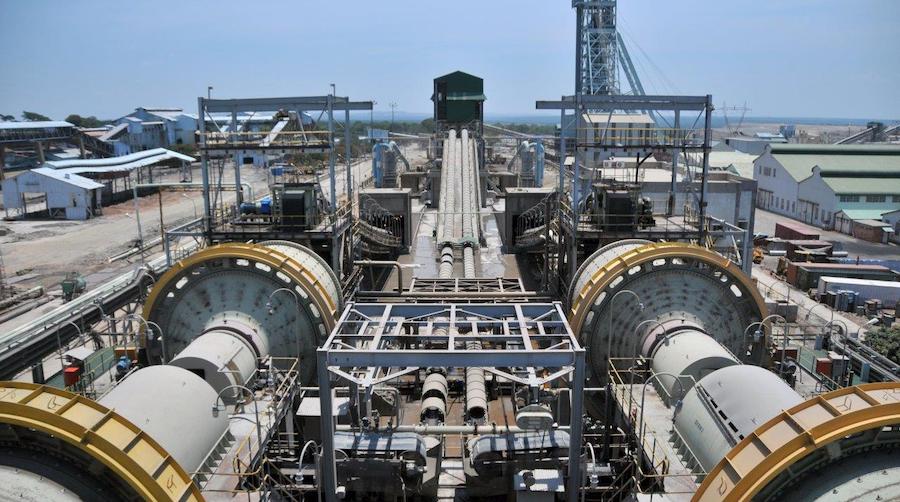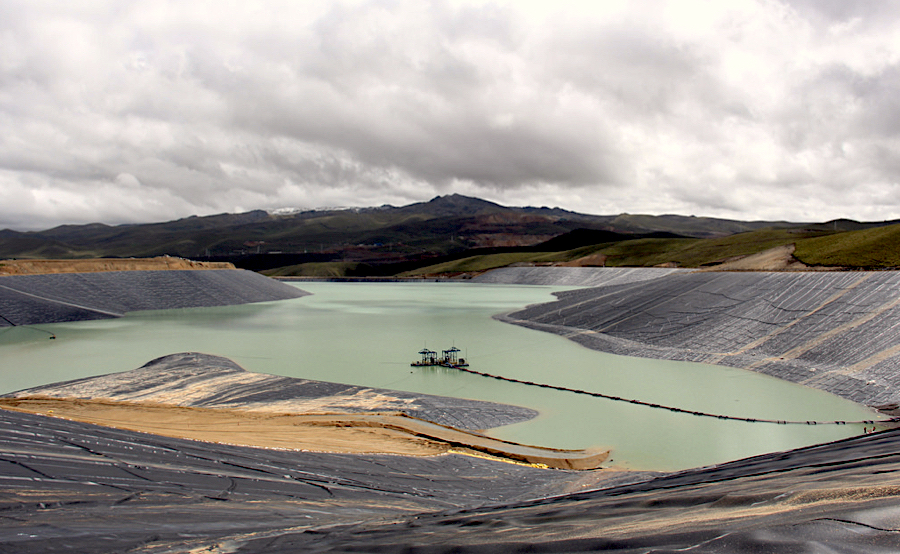‘Shark calling’: locals claim ancient custom threatened by seabed mining
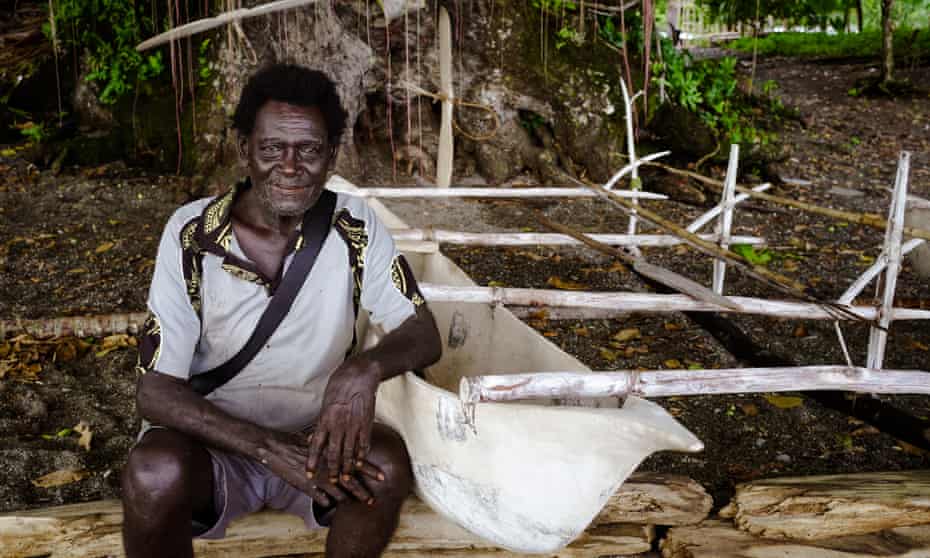
‘Shark calling’, a Papua New Guinea tradition of singing to sharks then catching them by hand, could vanish – and locals blame deep-sea disturbances
Kalolaine Fainu in New Ireland province and Maryann Uechtritz
Thu 30 Sep 2021
To catch a shark in the waters off Papua New Guinea, first the men sing.
They sing the names of their ancestors and their respects to the shark. They shake a coconut rattle into the sea, luring the animals from the deep, and then catch them by hand.
The custom, called “shark calling”, is practised in the villages of Messi, Kono and Kontu on the west coast of New Ireland province in Papua New Guinea, a country of about 9 million people just north of Australia.
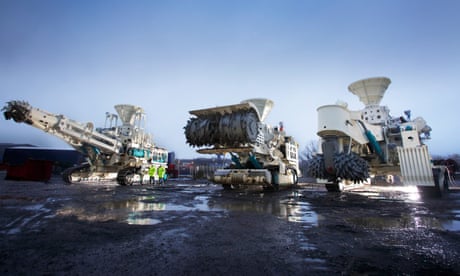
Race to the bottom: the disastrous, blindfolded rush to mine the deep sea
It is rooted in the belief that sharks carry the spirits of ancestors and that by adhering to strict protocols, shark callers can beckon, capture and kill sharks without coming to harm.
But villagers fear this ancient practice is under such serious threat that it could disappear within a generation. At a recent shark-calling festival in Messi, people on shore wept when a fleet of vessels returned with only two sharks. Canoes returning empty-handed is becoming more common.
The practice is increasingly threatened by logging operations and the slow disintegration of traditional culture. But locals also place some of the blame for the death of this beloved cultural practice on a nascent industry that is being trialled in their waters: deep-sea mining.

Scraping the seabed
While the world fiercely debates whether international waters should be opened up to large companies interested in mining the ocean floor, Papua New Guinea is one of the few places on Earth where deep-sea mining exploration has occurred inside territorial waters.
In 2008 the Canadian mining company Nautilus Minerals provided its environmental impact assessment to the Papua New Guinean government to start deep-sea mining in the Bismarck Sea, in New Ireland province, east of the PNG mainland.
Nautilus had been granted a licence by the government of PNG to drill for seafloor massive sulphide (SMS) deposits around hydrothermal vents. The project area targeted was named Solwara 1 (Saltwater 1) and was to focus on the extraction of copper, gold, silver and zinc in that area, only 18 miles (30km) from New Ireland’s coastal communities.

In 2019, after a sustained period of convoluted financial challenges, Nautilus went into liquidation and was officially declared bankrupt.
Although failing before the extraction phase, locals say that during Nautilus’s exploratory work the huge machines damaged the sea life and disrupted their cultural practices.
Eliuda Toxoc, from Messi village, is a master shark-caller. He says it is not just deep-sea mining that disrupts the marine ecosystem, with runoff from logging operations also an issue, but he remembers when Nautilus vessels came to explore for seabed mining.

‘We have nothing’: treating Covid-19 in Papua New Guinea’s broken health system
“That was enough of a disturbance to scare away the sharks,” he says. “Before there were plenty of shark that we would catch, there were many. Any time that we would go out, we would always come back with a shark. Now it is harder. There are many disturbances in the water and plenty of noises which scare the sharks away.”
The impact is not just on the villagers’ ability to catch food and survive. “Our culture is dying,” he says, sorrow evident on his weathered face.
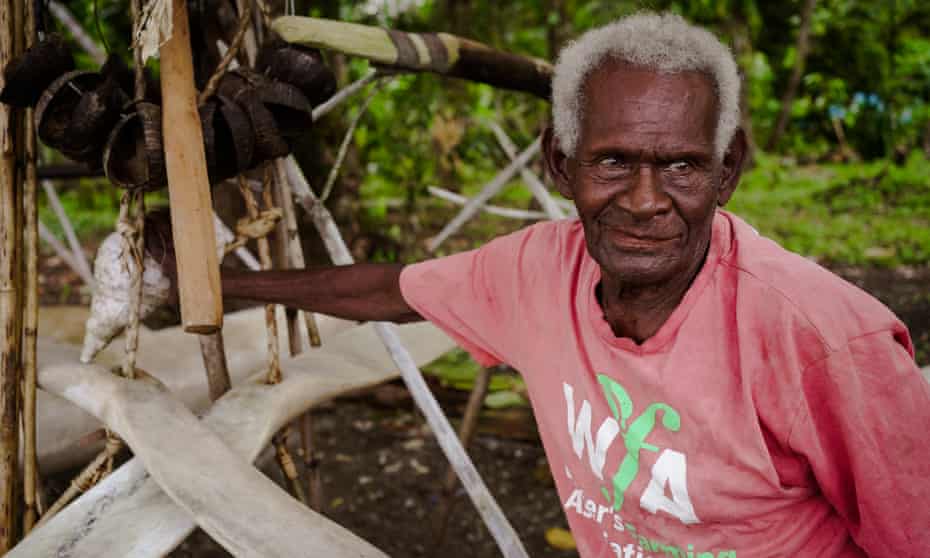
Eliuda’s son, Amos Lavaka, says shark calling is extremely important to the villagers. “We hold the stories and the wisdom that allow us to be able to practise this tradition, to be able to talk to the sharks. And also, it is our food.
“The logging ships [and] mining in the ocean – there are lots of new disturbances around on the land and in the ocean,” he says. “The noise and the impact of dust and new movements in the water … it keeps the sharks away. They don’t come. Now it is harder than before to catch sharks, because they are hiding.”
Nautilus has disputed this impact on communities, saying that the area they are licensed to operate in is at least 30km from the fishing communities.
The New Ireland provincial government, in a statement to the Guardian, said Nautilus had provided benefits to the areas around its operations, including health programmes, water and sanitation projects, and had built a bridge near Kokola.
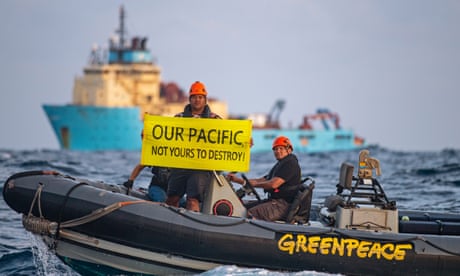
‘False choice’: is deep-sea mining required for an electric vehicle revolution?
Nautilus also argued that: “One of the many advantages of seafloor mining is that there are no local landowners or people living on the site.” They assert that the social, cultural and economic values of oceans were taken into account in PNG but deemed to have very little to no impact at the proposed site, Solwara 1.
“There are no people to be moved,” they said in a statement in 2016, “no social dislocation at all, and no social impacts.”
Godfrey Jordan Abage, an activist from Kono village who has been involved in awareness raising and campaigning against the Solwara 1 project, disagrees.
“Spiritually, we have this connection,” he says. “You wake up by the shore, you listen to the waves, you can feel the waves, you get peace when you are under pressure, you sit under a tree and you get this cold breeze and you see the ocean – it is something that really connects our spirit.
“You can see these young men who are initiated [into shark-calling customs] are different from the rest, because they understand the wisdom of the shark calling; you are not allowed to go drinking, womanising, you can’t steal from people’s gardens in the bush or steal people’s property,” says Abage.
“The shark can feel you and understand you, and so the communication between you and the shark is really about how you have lived your life.”
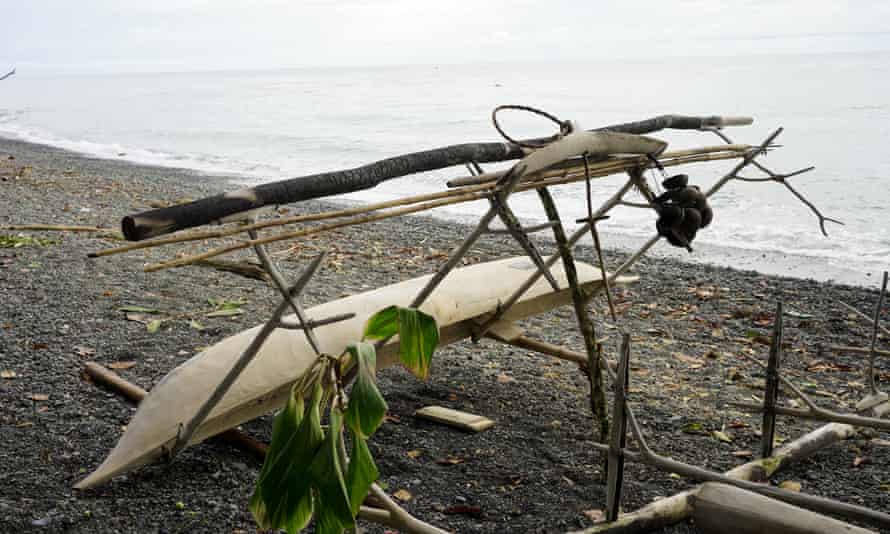
The people of Kono village have been hunting sharks for thousands of years and Abage says that creates a bond in their culture that unites the community with the sea.
“But because of what happens here – whether it is from the noise in the sea or sonar sounds – it can confuse the communications of the life under the sea … so it confuses the fish, the shark, the whales that are there, and that is their home, their environment. With robots and machines under the sea, it will disturb and confuse the communications between sea animals.
“If shark calling dies out,” he says, “we might only have photographs as memories and children in the future will ask: did we used to catch sharks like this? Did our grandfathers do this?”
In 2011, the PNG government invested about 375m kina (£80m or A$150m) into the project, a huge amount for a country where the average annual income is US$2,386. After Nautilus went into liquidation, the country was left with a debt estimated at the time to be equivalent to a third of the country’s annual health budget.
Though Nautilus went bust before it started extracting minerals, the mining licence for the Solwara 1 project has not been revoked and exploration licences – renewable every two years – are held by Nautilus Minerals Niugini, a subsidiary of Deep Sea Mining Finance (DSMF), a privately owned group with its headquarters in the Isle of Man.
A representative for DSMF said: “The very significant social contributions and benefits, past and future of the project are all in the public domain and we encourage your team to research these for a complete view of the project.”
They added that: “The orderly and fair restructure of the ownership of Nautilus and the project was also done in a fully public and transparent CCAA [Companies’ Creditors Arrangement Act] process in Canada administered by
Many people in PNG fear that the project could be renewed. DSMF lists the Solwara 1 project on its website as “the world’s first and only subsea deposit with fully approved mining and environmental licences”.
In July 2020 the Alliance of Solwara Warriors – a coalition of communities in the Bismarck and Solomon Seas calling for a ban on seabed mining – collected thousands of objections from local communities, schools and churches after the licence was renewed, but the PNG mining minister said the government would not be revoking Nautilus’ mining licence as it had not breached its conditions.

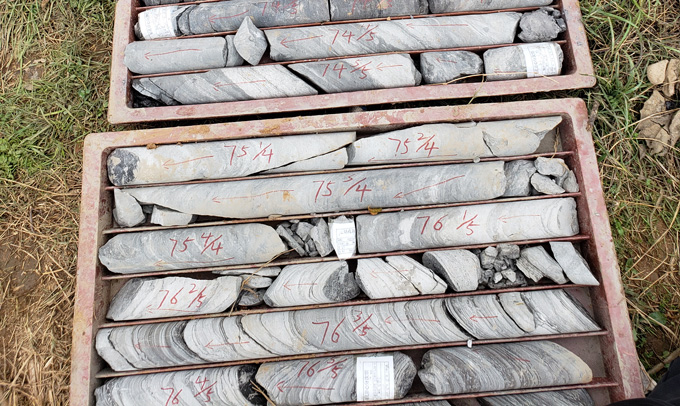
 Pollens, spores and algae collected from the core sample from the Carnian Pluvial Episode reveal a change from more arid-loving plants and animals to more humid-loving plants and animals.PEIXIN ZHANG
Pollens, spores and algae collected from the core sample from the Carnian Pluvial Episode reveal a change from more arid-loving plants and animals to more humid-loving plants and animals.PEIXIN ZHANG